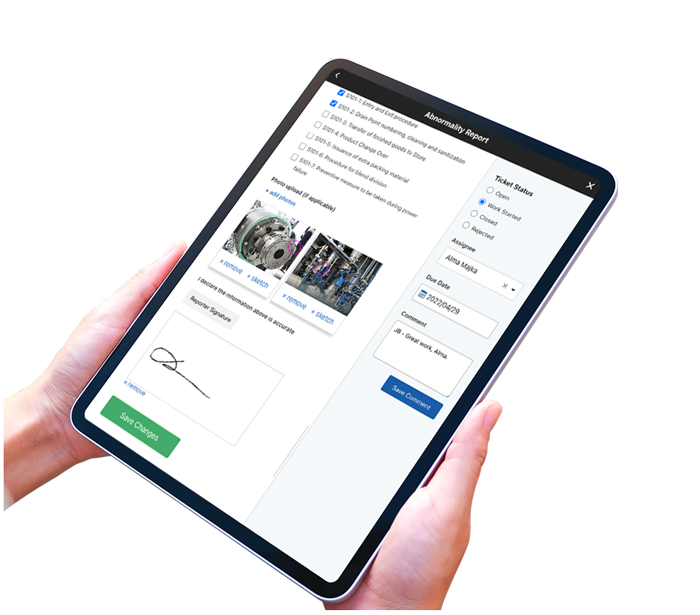What are the types of abnormality categories and why should I use them?
Andy Pritchard | Sept 20, 2022 | 5 min read

How to use standard abnormality report categories and subcategories to create insight-driven reporting.
Abnormalities (a.k.a. Process Deviations) occurs when a product, service, process or business operation fails to meet standard operating processes (SOPs) or other requirements. These requirements may be set by external organizations, regulators, or the organization itself.
SOP requirements are often set to meet certain standards in order to avoid risks, failure, and costs. They are the prescribed algorithm that the organization has deemed to be the current understanding of the most optimal way to do something. In cases where SOPs are required by law or to obtain 3rd party certification, there can be little or no room to address improvements to these processes.
However, many SOPs are prescribed by the organization itself, and the incremental improvement of these processes can result in enhancements to efficiency, product quality, OEE and the organization’s financial performance.
The first step in continuous improvement is to find opportunities for improvement. These opportunities can be suggestions, but they are usually abnormalities - i.e. situations where the SOPs were not implemented exactly as prescribed due to some unforeseen, not predicted circumstance.
Abnormality detection starts with your frontline employees having an intuitive understanding of what is supposed to happen (SOP) so they can immediately recognize and report abnormalities. Abnormalities can be related to safety, maintenance, product and general operations.
When capturing abnormalities, it is important to categorize reports so that you can provide immediate feedback and better organize your reporting. You can provide some considerations for your staff to better understand what they are reporting, to potentially aid immediate corrective actions, and to help them provide better details in their report. Of course, this process doesn’t work very well with paper forms, but it works amazingly well with software.
Here are the recommended categories and subcategories as well as some helpful considerations for your frontline staff to aid next steps.
Recommended Abnormality Categories
| Category | Sub Category | Checkpoints, Next Steps & Considerations |
|---|---|---|
| Machine Breakdown | Major - Line is down. Maintenance required. | Alert Supervisor Immediately |
| Machine Breakdown | Minor - Temporary Stoppage. Operator fixed the issue. | Provide details around what happened and how you corrected the machine breakdown to aid preventive maintenance. |
| Minor Abnormality | Dirtiness | Is the thing dusty, dirty? Are there powders, oil, rust or paint present? Check for sources of dirtiness. Clean or provide details to sanitation. |
| Minor Abnormality | Scratches | Is the equipment cracking, collapsed, deformed, chipping, bending? Is there an issue with a bolt, nut, gauge, cover, belt, chain? Check for sources of scratches. Clean or provide details to sanitation. |
| Minor Abnormality | Play / Looseness | Is there looseness, omission, incorrect tightening, excessively long bolt? Is there abnormal sound, heat, vibration, offensive odor, discoloration, pressure. Provide a report for maintenance to review. |
| Minor Abnormality | Adhesion | Is the thing clogging, sticking, deposition, peeling off? Provide a report for maintenance to review. |
| Lubrication | Leaking | Is there oil depletion? Is the lubrication oil dirty? What is the oil type? Where is the leak occurring? Is there a dirty oil port, clogging, damage, deformation? Is there a collapsed pipe? Is the oil stored appropriately? Is the oiling equipment adequate? Are the wrong levels indicated? Provide a report for maintenance to review. |
| Lubrication | Incorrect conditions | Is the oil stored appropriately? Is the oiling equipment adequate? Are the wrong levels indicated? Provide a report for maintenance to review. |
| Lubrication | Incorrect indicators | Are the wrong levels indicated? Provide a report for maintenance to review. |
| Source of Contamination | Product | What products are affected? Is the contamination from: Leak / Spill, Blowing off, scattering, Overflow, permeation of fluid, Stem, vapor, exhaust water, Burrs, chips, Packing materials, Sparks, smoke, Adhesives, paints, Other dropped parts |
| Source of Contamination | Raw Material | What raw materials were affected? Is the contamination from: Leak / Spill, Blowing off, scattering, Overflow, permeation of fluid, Stem, vapor, exhaust water, Burrs, chips, Packing materials, Sparks, smoke, Adhesives, paints, Other dropped parts |
| Hydraulic oil | Is the contamination from: Leak / Spill, Blowing off, scattering, Overflow, permeation of fluid, Stem, vapor, exhaust water, Burrs, chips, Packing materials, Sparks, smoke, Adhesives, paints, Other dropped parts | |
| Source of Contamination | Liquid Gasses | Is the contamination from: Leak / Spill, Blowing off, scattering, Overflow, permeation of fluid, Stem, vapor, exhaust water, Burrs, chips, Packing materials, Sparks, smoke, Adhesives, paints, Other dropped parts |
| Source of Contamination | Machining & Processing | Is the contamination from: Leak / Spill, Blowing off, scattering, Overflow, permeation of fluid, Stem, vapor, exhaust water, Burrs, chips, Packing materials, Sparks, smoke, Adhesives, paints, Other dropped parts |
| Hard-to-Reach Area | Cleaning / Inspection | Is it an issue with the equipment structure, cover, layout, foothold, space, installing height high or low, indicators inadequate? Provide a report for maintenance to review. |
| Hard-to-Reach Area | Lubrication | Is it an issue with the equipment structure, cover, layout, foothold, space, installing height high or low, indicators inadequate? Provide a report for maintenance to review. |
| Hard-to-Reach Area | Operation | Is it an issue with the equipment structure, cover, layout, foothold, space, installing height high or low, indicators inadequate? Provide a report for maintenance to review. |
| Product Quality Defect | Foreign matters | What product was affected? How much product was affected? Describe the quality defect. Was the contamination caused by: Leak / Spill / Overflow Blowing off, scattering Overflow, permeation of fluid Stem, vapor, exhaust water Burrs, chips, Packing materials Sparks, smoke Adhesives, paints Other dropped parts |
| Product Quality Defect | Manufacturing condition | What product was affected? How much product was affected? Check humidity, vibration, collision, temperature? Was the manufacturing condition relating to ventilation, flow restrictions, insufficient force, poor mold design? Provide details for quality to review. |
| Unnecessary Things | Equipment component | Is the area messy and disorganized? Consider a 5S audit to determine the best way to optimize the area. Provide details below. |
| Unnecessary Things | Product | Is there an unnecessary thing that is occurring when we manufacture products that can be removed or optimized? Provide details. |
| Unnecessary Things | Tools and Jigs, Spare parts, Pipes | Provide a brief overview as to what is unnecessary about the thing? Why is it not required? |
| Safety concern | Incorrect conditions | Are there issues with a thing in the facility such as floors, steps, stairs? Is there unevenness, cracks, peeling off, wear? Is there an issue with lighting, i.e. it is too dark? Provide details for review by our safety committee. |
| Safety concern | Incorrect indicators | Are safety devices broken or worn? Does there need to be a visual cue present to ensure adherence to SOPs? Provide details for review by our safety committee. |
Best Practices for Managing Abnormalities
Accessibility
It is important to provide your frontline employees with an easy way to report abnormalities. Abnormality reporting is ad-hoc (happens when it happens) and not required. The consequences of not reporting are minimal and not immediate. As a result, if you don’t make successful outcomes easy to attain, your staff may choose not to participate.
Motivation
Abnormality reports can be worth their weight in gold for an organization that is focused on continuous improvement and operational excellence. An unnecessary component, a potential source of contamination and a minor dirtiness report can all add up to massive savings, product quality enhancements and reduced safety incidents. So why not share the wealth and reward your staff for providing abnormalities? You can do this automatically with software like Weever, that has a built-in rewards system.
Automation
Software allows you to automate next steps and reporting so that you can spend your time more effectively on creating and implementing innovative solutions. Let computers do what they do best - crunching big data and ensuring compliance - while you do what you do best - making a positive impact on your organization and getting recognized for it!
Weever Makes it Easy
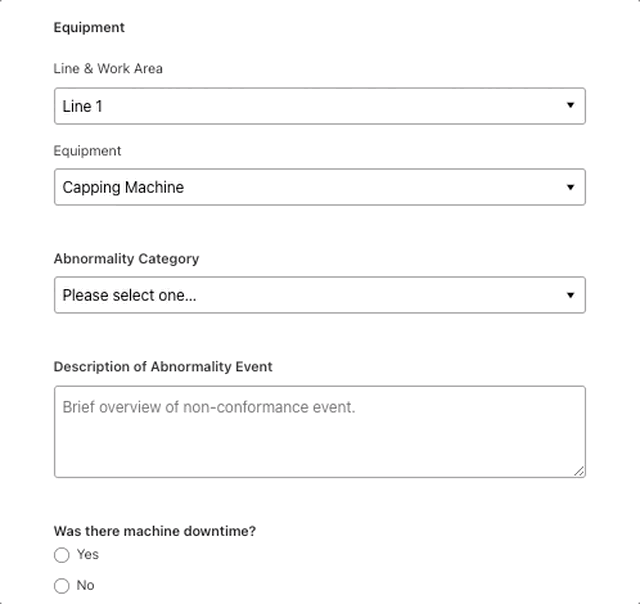
Weever makes it really easy for you to organize data and provide appropriate considerations to enable frontline employee success. Accessibility, Motivation and Automation helps to ensure your abnormality reporting program provides you with the data you need to drive meaningful change for your organization.
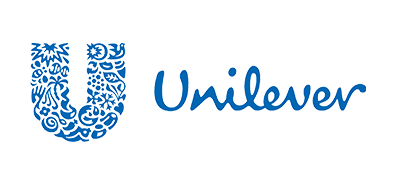


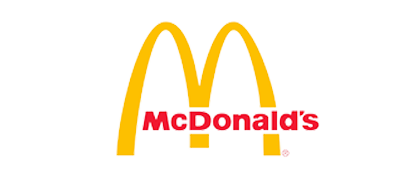
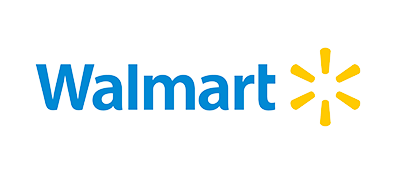
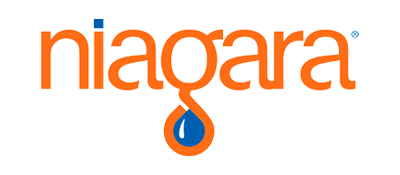
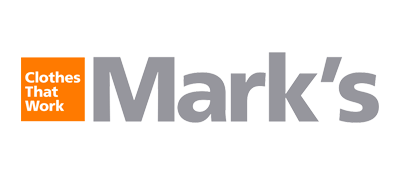
Marks

Diageo

Niagara Bottling

Walmart

PepsiCo logo

McDonald's

Unilever
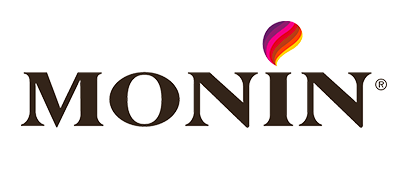
Monin

Hello Fresh
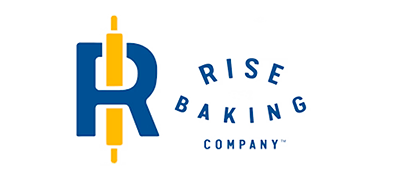
Rise Baking
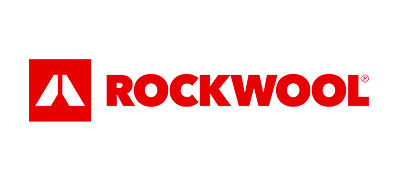
Rockwool
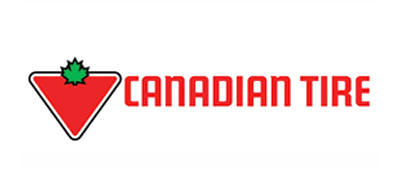
Canadian Tire
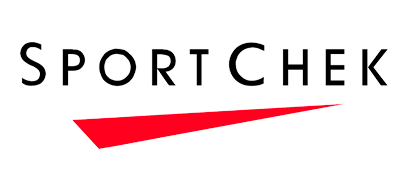
SportChek
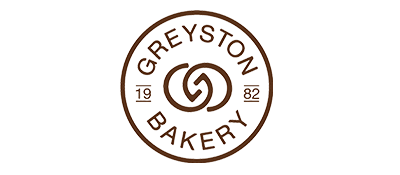
Greyston Bakery
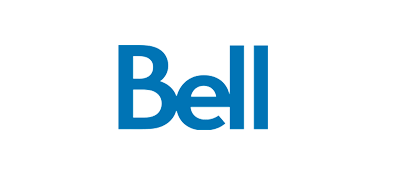
Bell
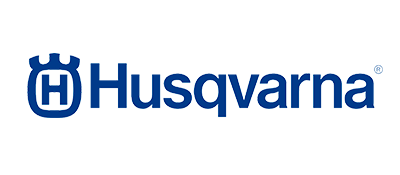
Husqvarna
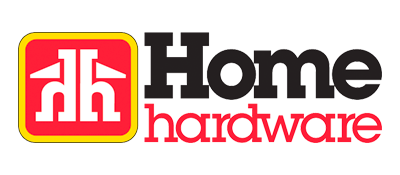
Home Hardware
